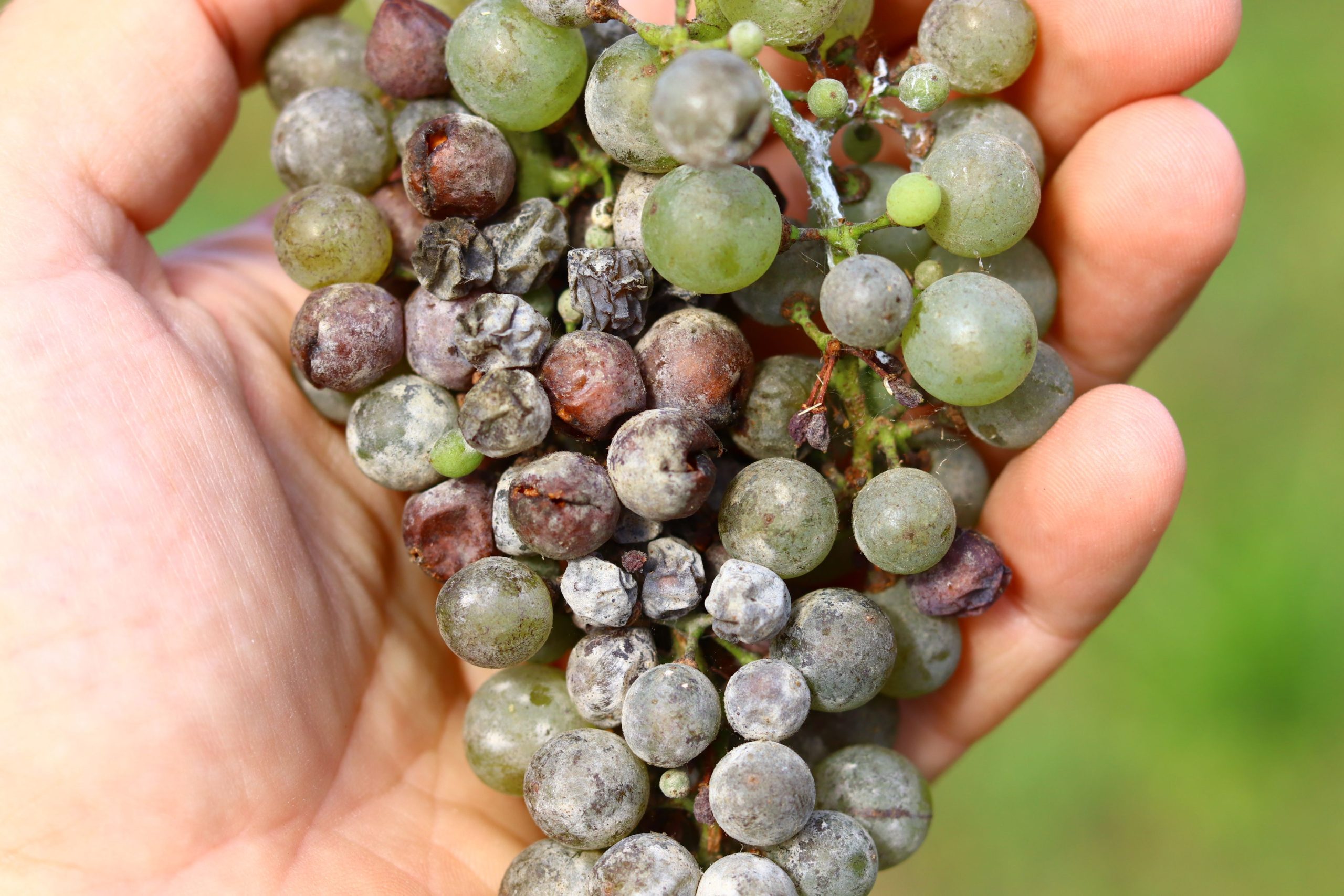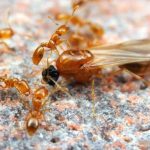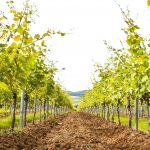Predicting disease risk: how models and DSS can help you to protect your grapes
Grapevines are particularly vulnerable to diverse fungal pests and insects. High susceptibility to biotic stress of grape varieties can lead to important economic losses, reduction of wine quality and undesirable sensory characteristics.
Over time, the high disease pressure and lack of genetically resistant cultivars have encouraged the use of large amounts of pesticides in vineyards to preserve yields and quality. Every year, around 2 million tons of different pesticides are used worldwide, and this amount is predicted to rise with the increase of disease resistance.
However phytosanitary treatments should be carefully planned by selecting the optimal timing for application and determining the type and dosage of chemicals to be used. This approach aims at minimizing the environmental and human health impacts while reducing the overall phytosanitary costs forgrowers.
When are vines at risk of disease?
It is crucial to precisely evaluate the current disease risk by integrating various pieces of information. This integration can be exemplified though the disease triangle, a well-established concept in plant pathology. According to this conceptual model, the actual development of a disease requires the simultaneous presence of three critical factors: a susceptible host, a virulent pathogen, and an environment conducive to disease development.
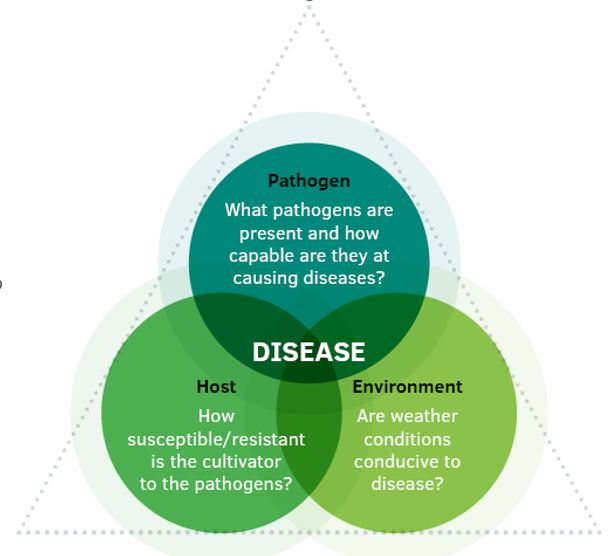
While it’s generally easy to determine the presence of a pathogen in a given region, assessing plant susceptibility and climatic propensity to disease can be more complex. Each disease reacts to specific weather conditions and attacks the plant during specific windows of vulnerability, often associated with particular phenological phases. For example, grapevines are susceptible to powdery mildew from the stage when the leaves are half-spread to the stage when the berries become resistant to penetration by the fungus, before the ripening process begins. So, to assess the real risk of disease, it is necessary to take into account not only the impact of weather conditions on powdery mildew, but also the vulnerability of vines at different phenological stages.
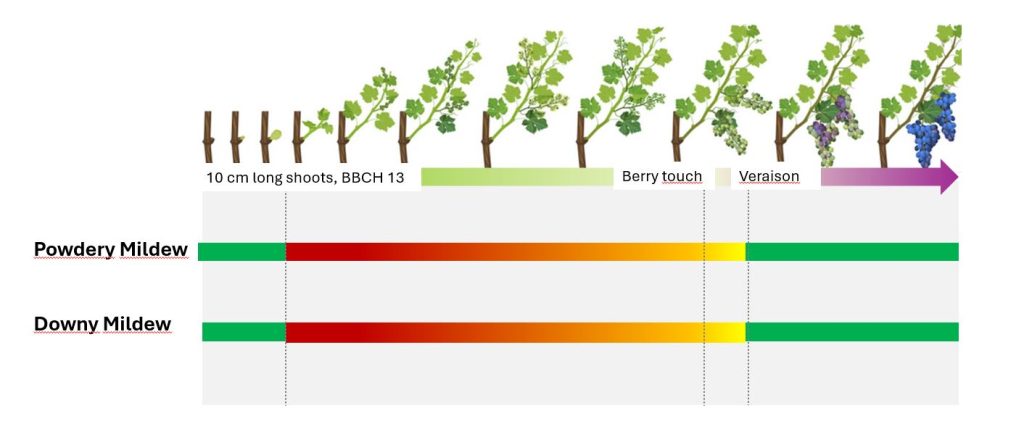
Predicting plant-environment-pathogen interactions and treatment efficacy
The complexity of plant-environment-pathogen interactions can pose challenges in evaluating actual disease risk and making rapid, effective phytosanitary decisions. To address these issues, precision viticulture utilizes tools that simultaneously consider all contributing factors. One effective approach is the integration of plant phenological models with disease models within a Decision Support System (DSS).
This method involves simulating the interaction between disease development and plant vulnerability. This combined modeling approach allows an accurate assessment of risk by aligning the various stages of disease progression with susceptible phenology. The resulting information facilitates more targeted and timely interventions, enhancing the effectiveness of disease management in vineyards.
Furthermore, model based DSS can predict the duration of treatment efficacy and the likelihood of wash-off if rain occurs. This means that treatment renewal is no longer a matter of speculation but based on more empirical grounds. Excess applications are avoided because growers know the protection level of their plants and can therefore save money and decrease environmental impacts while maintaining vineyard health, grape quality, and ultimately increase their profitability.
The key to a successful protection strategy: Anticipating risk
Finally, DSS offer the benefit of forecasting imminent risks using weather. Planning treatments in advance is essential to guarantee sufficient protection, especially considering that phytosanitary products for fungal diseases primarily act preventively rather than curatively. Sometimes a few days of advance can make a huge difference on final disease levels and save the yield.
The case of Italy in 2023: When experience is not enough
For example, in 2023, an unusually wet start to the growing season in southern and central Italy led to a devastating outbreak of downy mildew. The combination of frequent rain and warm temperatures in May and June created ideal conditions for fungal growth in regions where such diseases were historically rare, resulting in significant yield losses.
Many growers reacted slowly because they underestimated the risk, assuming their vineyards were historically less prone to disease. Consequently, they initiated treatments too late, unable to contain the infections in time.
In such situations, the integration of DSS, offering predictive insights into disease risk, proves invaluable for formulating effective phytosanitary strategies to protect yield. As climate-change driven disruptions become more frequent, growers will increasingly struggle to rely solely on past experiences to predict risks. Thus, the significance of predictive tools like those described will only grow more evident as time progresses.
If you’d like to find out more about Vintel and its disease module, click here for a free trial.


